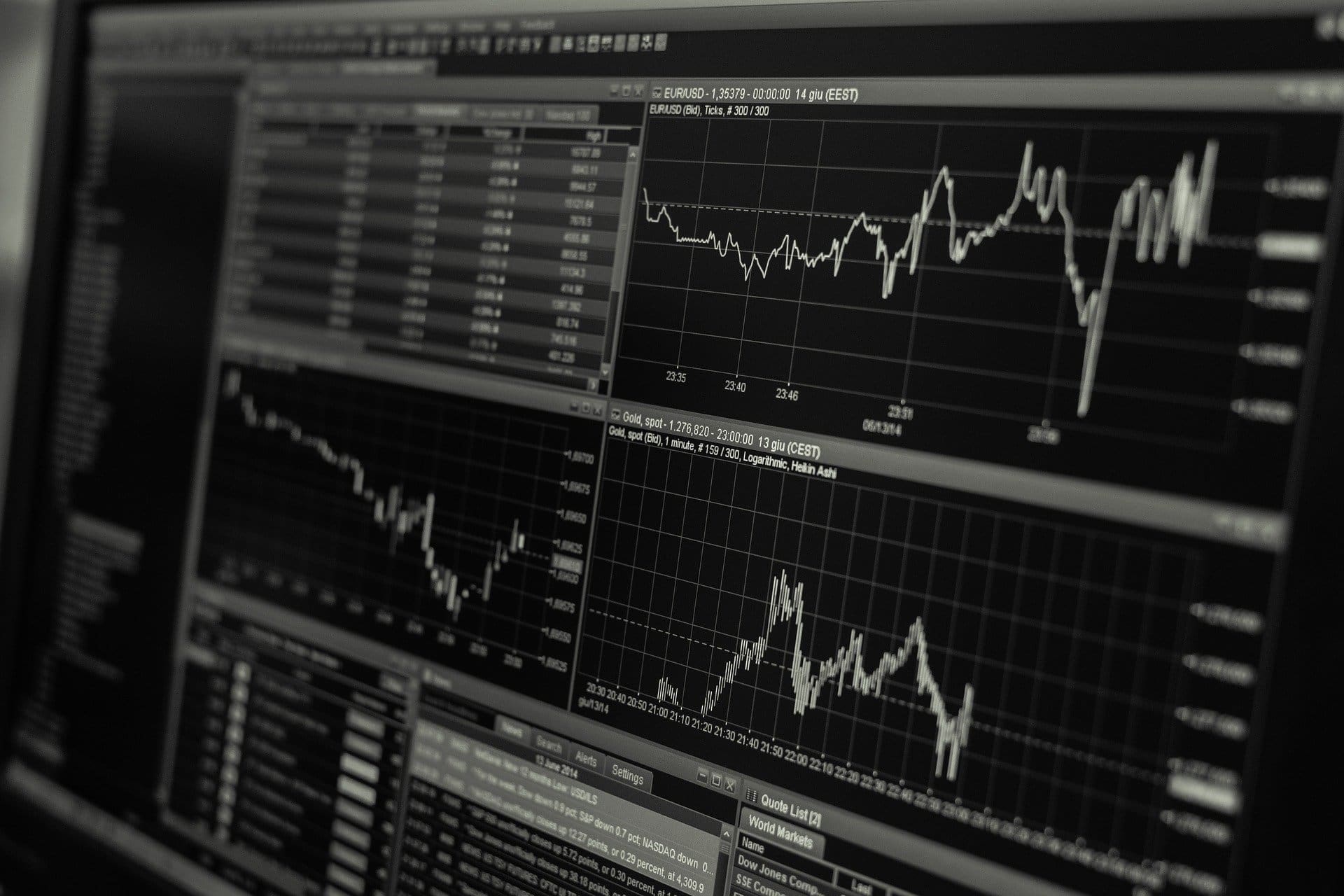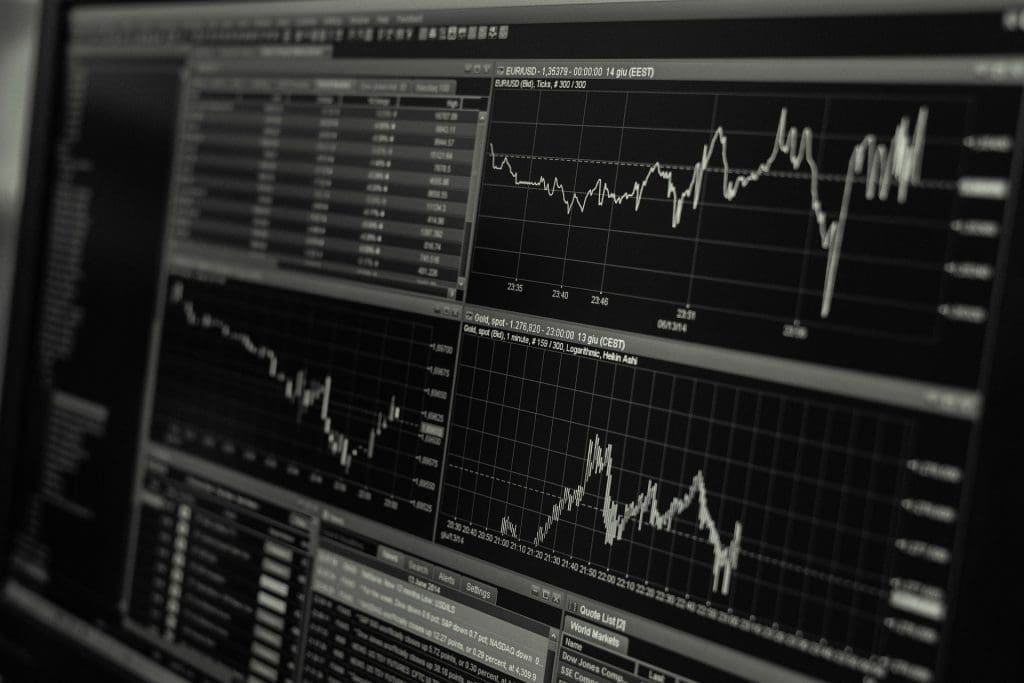

What are Moving Averages and Exponential Moving Averages?
Exponential Moving Average and Simple Moving Average are terms every trader should be familiar with if you’re looking to take your investing strategy to the next level. The Exponential Moving Average (EMA) and Simple Moving Average (SMA) are both great tools to build your investment portfolio as they each measure market trends. But there are key differences between the two you should educate yourself on. As you read on we will explain the difference between moving averages and exponential moving averages
Slow and Steady

Technical analysts primarily utilize the SMA as it can be used to study a long period of time. The SMA works by dividing the sum of a group of prices by the total number of prices found in a single series. Savvy investors should remember that the SMA moves at a slow and steady pace. Its function isn’t to adjust quickly to price changes, which could be nerve-wracking for some investors. Because the SMA is a slower signal, it is best to use it on markets like market indexes. It could be useful for big-cap stocks as well. Due to its slow-moving nature, traders mainly use the SMA for long term moving averages. This averages could easily go 50 days or even longer. This way, traders can observe the reactions of buyers and sellers over the selected periods.
Lightning Fast
Unlike the SMA, the EMA makes quick work of its calculations. Its fast nature could make this average very intriguing to investors looking to pick up some fast results. The EMA is an adaptable average that reacts to current market trends. While EMA does construct its findings off of SMA data, it can’t be denied that the EMA works better in a fast-paced environment. Traders looking to move quickly through the market can do so with an EMA. But as is the case with all tools of the trade, no single average can promise successful trading with a 100% guarantee.
Portfolio Builders


Both averages can help boost your investment portfolio, but remember that the EMA and SMA work very differently. Investors looking to get in and out of the market fast will prefer the EMA. Naturally quick and adaptable, it turns at a much faster pace than the SMA. But of course, the SMA is ideal if traders like to hold for long periods of time. The primary divergence between these two averages is how quickly they react to sensitivity to data fluctuation.
Now that you know-how using an SMA or EMA can help your investments, you may be wondering which average is best for your circumstances. They are incredibly useful trading tools; however, if you’re someone who becomes nervous while trading, the EMA may be the best fit for you. Patient traders will most likely be more inclined to employ the SMA. Picking between an SMA or EMA really depends on what your style of trading is like. But no matter which measuring average you pick, they won’t magically make you a profit every time. A good recipe for success is to utilize a measuring average, control your risks, and educate yourself.
Featured Image by Lorenzo Cafaro for Pixabay



